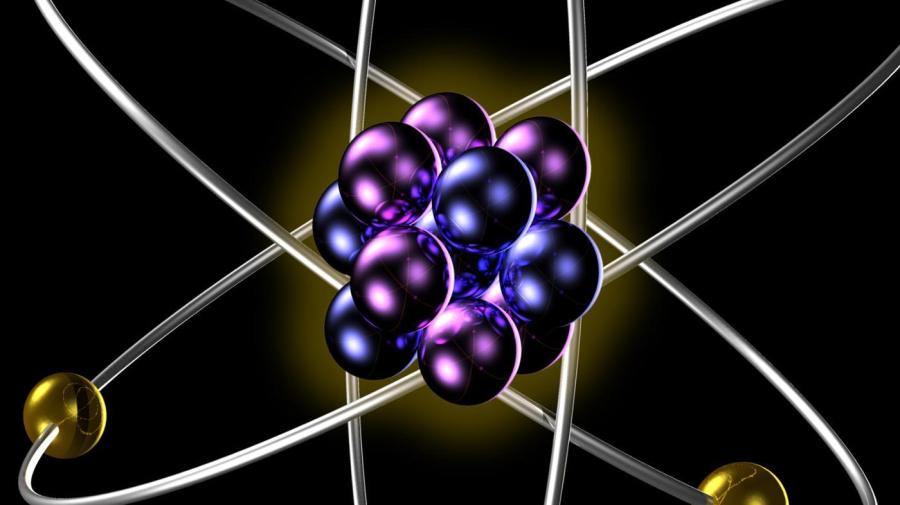Why Are Atoms Neutral?

Atoms are neutral because they have same number of positively charged particles, protons, and negatively charged particles, electrons. The amount of charge in a single proton is equal to the amount of charge possessed by a single electron. Atoms also have another particle type in the nucleus called neutrons that have no charge. Protons and neutrons have equal mass, while electrons have a mass considered to be as zero.
All atoms are neutral at normal condition. But when excited, atoms can have an unequal number of electrons and protons. At that condition, atoms are referred to as ions rather than atoms. When it contains fewer electrons than protons, the atom is called a cation, or positively charged ion. Conversely, when it contains more electrons than protons, the atom is called an anion, or negatively charged ion. The number of electrons that surround the nucleus determines whether or not an atom is electrically charged or neutral. While the electrons are attracted to the protons of the nucleus, the addition of energy to an atom can persuade the electrons to leave an atom, which makes it an ion. Without the formation of ions, it isn’t possible to form atomic bonds, especially ionic bonds.





